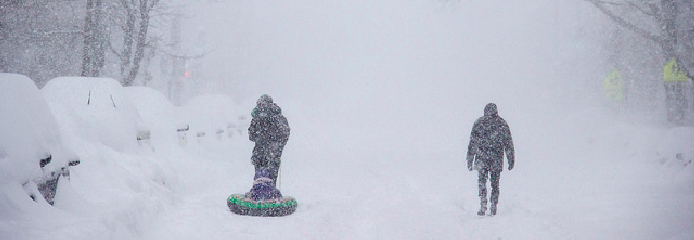Winter Storm Jonas was the heaviest snowstorm on record in six locations, including three airports – JFK, LGA, and BWI. People in the northeast had to leave their cars parked on the street. How many people? Washington, D.C. gave a whopping $1.3 million in parking fines.
The idea of digging out your car may seem overwhelming or you might concerned about potential damage. We’re sharing everything you need to know to care for your car in the aftermath of Jonas – or any major snowstorm.
8 Steps To Dig Your Car Out Of The Snow
-
- Wear warm clothes and gloves. It may only take 5 minutes to dig out your car, or it could take an hour. Better yet, ask a friend for help. Return the favor with pizza and beer.
-
- Start by shoveling the snow near the tires and all around the car.
- Be a good neighbor and shovel snow away from other cars and sidewalks.
- Next brush the top of the car and then the hood.
- We know it’s easy to leave it there, but it could be hazardous once you’re driving.
- Scrape every window and the side mirrors to avoid any blind spots.
- Start by shoveling the snow near the tires and all around the car.
-
- Open the hood of your car to check if snow filled the engine compartment.
- Remove any snow and let it dry.
- Try opening your car door. It might be frozen shut. If so, two ways to deal with this are either using a de-icer or by heating up your key.
- Open the hood of your car to check if snow filled the engine compartment.
-
- Next, clear any snow away from the tailpipe.
- Finally, turn your car on and give it a few moments to heat up. Happy driving!
Is There Any Damage To Your Car? 3 Things To Check
If you notice any of these issues, take your car to the nearest auto shop.
- Corrosion – The most damage your car will likely endure after a blizzard isn’t from the snow itself, but from the wake of snow plows. Salt and ice pushed against your car may corrode the exterior.
- Rust – If the underside of your car is left wet for too long, it may start to rust. Why is this so bad? Well, rust can seriously impede the functionality of the braking system. You will know they are rusted if they are screeching and squealing once you’re able to drive.
- Dead Battery – Car batteries exposed to freezing temperatures are more likely to die. Using cables to jump the battery might do the trick, but if the battery continues to die, it may need replacing.
How To Protect Your Car During The Next Snow Storm
- Follow these easy steps to winterize your car and avoid potential damage.
- Make or buy a winter emergency car kit to stow in your trunk in case you get stuck in your car.
- Reserve affordable, indoor parking to avoid the snow altogether.
Image © Geoff Alexander
